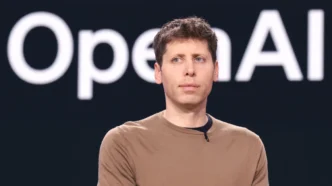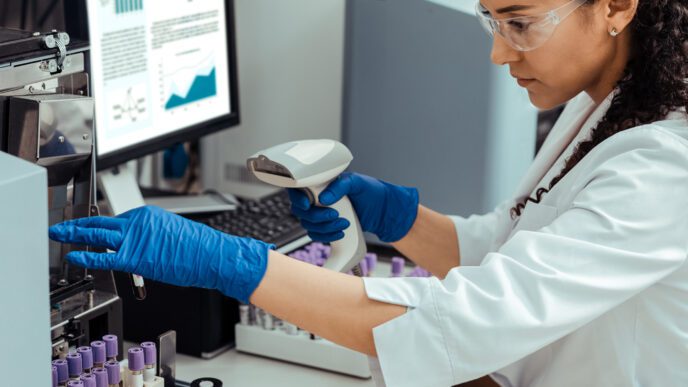OpenAI has quietly updated its internal Preparedness Framework, signaling a possible shift in how the company balances safety with competition in the fast-evolving AI landscape. The key takeaway? If a competitor launches a “high-risk” AI model without similar guardrails, OpenAI says it might respond by easing its own safety standards — though not without caution.
This move highlights the growing pressure AI developers face to push out powerful models quickly. OpenAI itself has been under fire for allegedly relaxing its safety protocols to keep pace with the market. Critics have raised concerns about the company’s transparency, especially around how and when safety testing is conducted.
In a blog post published Tuesday, OpenAI stated that while it may revise some of its requirements in response to others’ actions, it would only do so after carefully evaluating the risks. The company insists any changes would still keep protections “more robust” than those of less responsible competitors.
“If another frontier AI developer releases a high-risk system without comparable safeguards, we may adjust our requirements,” the company explained, adding that it would confirm the shift in risk levels, publicly acknowledge the change, and ensure no meaningful increase in harm before taking action.
Under Pressure: Safety vs. Speed
OpenAI is trying to walk a tightrope. On one side, it’s facing criticism for allegedly sidelining safety. Just last week, a group of 12 former employees filed a legal brief supporting Elon Musk’s lawsuit against the company. In the filing, they warned that OpenAI’s upcoming corporate restructuring might incentivize even more risky shortcuts in the future.
On the other hand, OpenAI is racing to stay ahead in an arms race of AI model releases. As part of the updated framework, the company has shifted more of its safety evaluations to automated systems. It claims this strategy helps match the faster development pace without entirely removing human oversight.
Still, this approach has raised eyebrows. A Financial Times report revealed that testers were given less than a week to conduct safety checks for one of OpenAI’s upcoming models — a much tighter window than usual. Even more troubling, sources told the publication that these tests were performed on earlier model versions, not the final release candidates.
In response, OpenAI pushed back against any suggestion that it’s cutting corners on safety, maintaining that its framework continues to uphold rigorous standards.
Defining “High” and “Critical” Capabilities
The framework refresh also redefines how OpenAI classifies risk. Models are now categorized based on whether they demonstrate “high” or “critical” capabilities.
A “high” capability model, according to the company, is one that could magnify existing pathways to severe harm. In contrast, a “critical” model could open entirely new pathways for such harm, potentially through abilities like evading human control, resisting shutdown commands, or even replicating itself.
The company emphasized that any model meeting these thresholds will not be deployed — or in some cases, even developed further — unless safeguards are in place to reduce those risks significantly.
These are the first significant updates to the Preparedness Framework since 2023. While OpenAI describes them as necessary to navigate a shifting threat landscape, they’re sure to intensify the debate around how much safety should be sacrificed for speed — and who gets to make that call.













